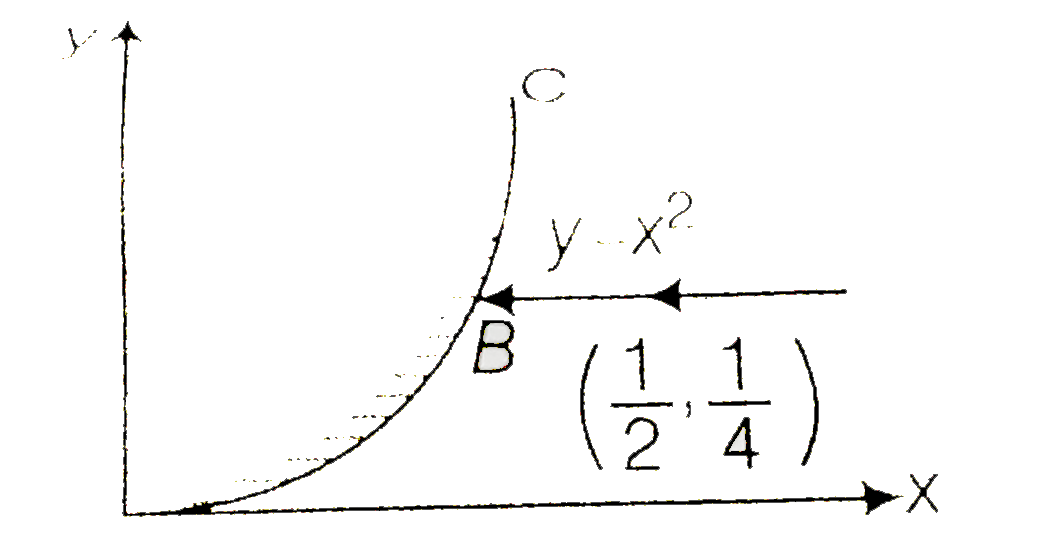What will be the angle of reflection in case of an inelastic collision and v=?
To solve the problem regarding the velocities of two masses connected by a light inextensible string over a pulley, we can follow these steps:
1. Identify the Given Information:
- Masses: m1 and m2
- Initial velocity of mass m1: v0
- The string is initially not taut and becomes taut when the system is set in motion.
2. Understand the Forces Acting on the Masses:
- When the string becomes taut, an impulsive tension force acts on both masses. The direction of the tension will be towards the pulley for both masses.
3. Write the Impulse-Momentum Principle:
- For mass m1:
J=m1(vf−v0)
- For mass m2:
J=m2(vf−0)
- Here, vf is the final velocity of both masses after the string becomes taut.
4. Set Up the Equations:
- Since the tension acts equally on both masses, we can equate the impulses:
m1(vf−v0)=m2(vf)
5. Rearranging the Equation:
- Rearranging gives:
m1vf−m1v0=m2vf
- Combine like terms:
m1vf−m2vf=m1v0
- Factor out vf:
(m1−m2)vf=m1v0
6. Solve for vf:
- Finally, solving for vf:
vf=m1v0m1+m2
Final Answer:
The velocity of m1 and m2 just after the string becomes taut is:
vf=m1v0m1+m2
- Masses: m1 and m2
- Initial velocity of mass m1: v0
- The string is initially not taut and becomes taut when the system is set in motion.
- When the string becomes taut, an impulsive tension force acts on both masses. The direction of the tension will be towards the pulley for both masses.
- For mass m1:
J=m1(vf−v0)
- For mass m2:
J=m2(vf−0)
- Here, vf is the final velocity of both masses after the string becomes taut.
- Since the tension acts equally on both masses, we can equate the impulses:
m1(vf−v0)=m2(vf)
- Rearranging gives:
m1vf−m1v0=m2vf
- Combine like terms:
m1vf−m2vf=m1v0
- Factor out vf:
(m1−m2)vf=m1v0
- Finally, solving for vf:
vf=m1v0m1+m2
The velocity of m1 and m2 just after the string becomes taut is:
vf=m1v0m1+m2
Topper's Solved these Questions
- CENTRE OF MASSBOOK - CENGAGE PHYSICS ENGLISHCHAPTER - CENTRE OF MASSEXERCISE - Solved Examples
13 Videos
- CENTRE OF MASSBOOK - CENGAGE PHYSICS ENGLISHCHAPTER - CENTRE OF MASSEXERCISE - Exercise 1.1
20 Videos
- CALORIMETRYBOOK - CENGAGE PHYSICS ENGLISHCHAPTER - CALORIMETRYEXERCISE - Solved Example
13 Videos
- DIMENSIONS & MEASUREMENTBOOK - CENGAGE PHYSICS ENGLISHCHAPTER - DIMENSIONS & MEASUREMENTEXERCISE - Integer
2 Videos
Similar Questions
In an inelastic collision
View SolutionIn an inelastic collision
View SolutionIn inelastic collision,
View SolutionExplain the Angle of reflection
View SolutionIn the given figure,the angle of reflection is

View SolutionIs whole of the kinetic energy lost in a perfectly inelastic collision ?
View SolutionIf the angle of reflection is 40∘, what is the angle of incidence?
View SolutionAnwer carefully, with reasons:
a) In an elastic collision of two billiard balls, is the total kinetic energy conserved during the short time of collision of the balls (i.e. when they are in contact)?
Is the total linear momentum conserved during the short time of an elastic collision of two balls?
c) What are the answers to a) and b) for an inelastic collision?
d) If the potenital energy of two billiard balls depends only on the separation distance between their centers, is the collision elastic or inelastic? (note we are talking here of potential energy corresponding to the force during collision, not gravitational potential energy).
View SolutionIn total internal reflection when the angle of incidence is equal to the critical angle for the pair of medium in contact, what will be angle of refraction? In total internal reflection when the angle of incidence is equal to the critical angle for the pair of medium in contact, what will be angle of refraction? In total internal reflection when the angle of incidence is equal to the critical angle for the pair of medium in contact, what will be angle of refraction?
View SolutionA ball hits a floor and rebounds after an inelastic collision. In this case
View Solution
